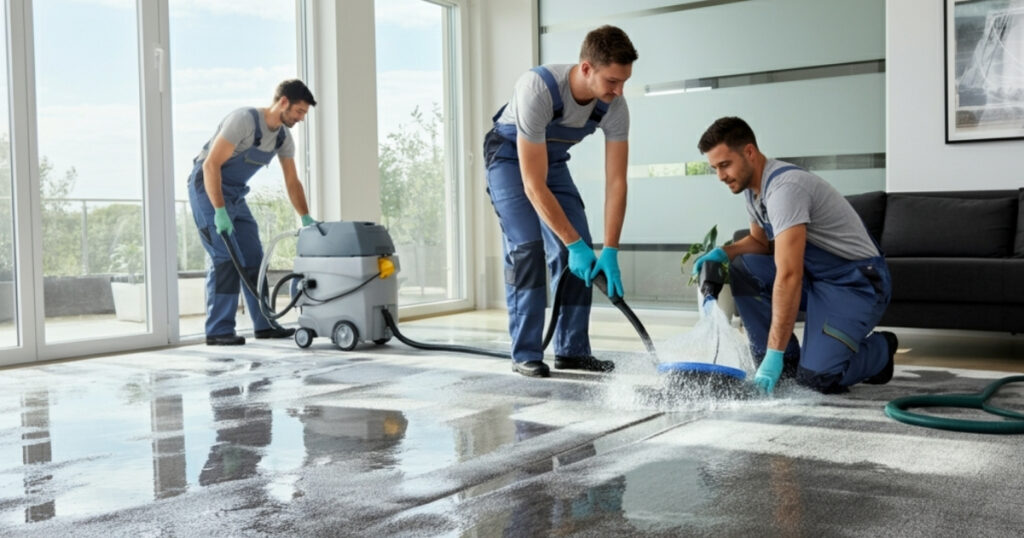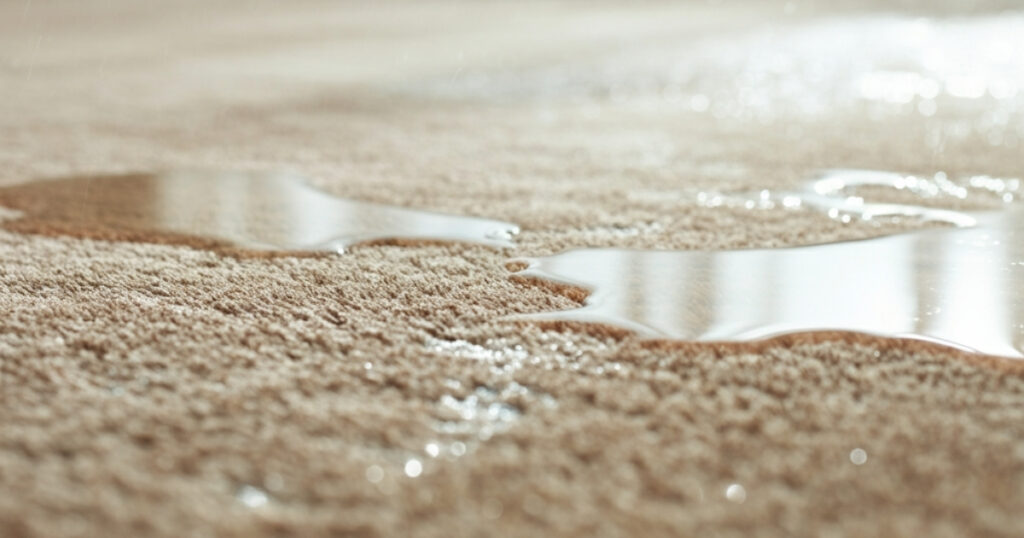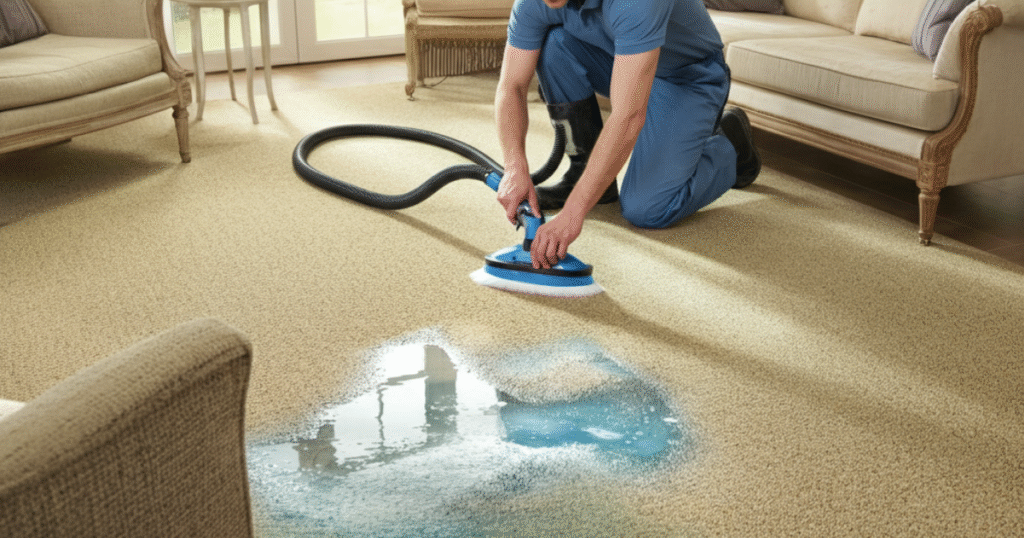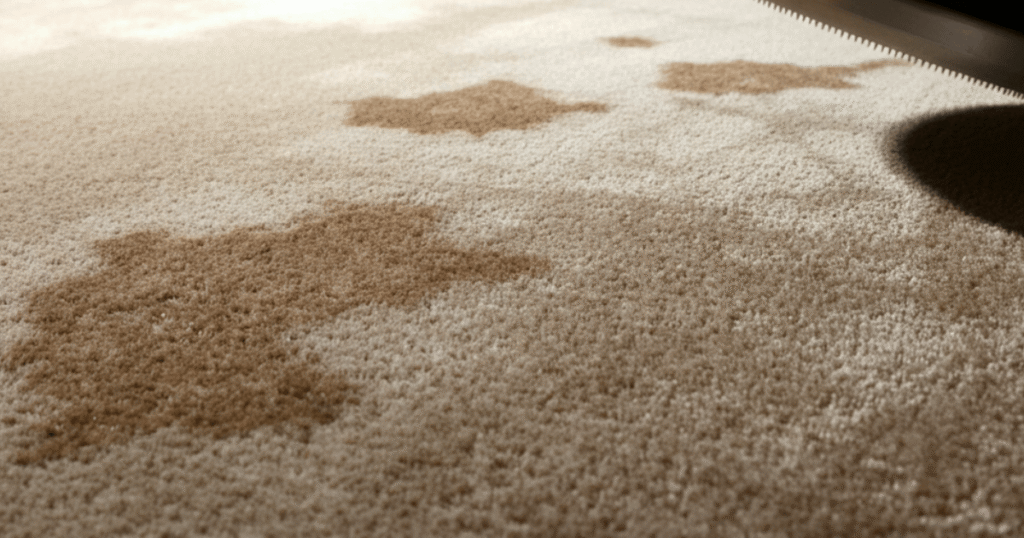Antique furniture brings character and history to any home, but musty odors can quickly turn these treasured pieces into unwelcome additions. Learning how to get musty smell out of antique furniture is essential for both preserving valuable pieces and maintaining a pleasant living environment.
Musty smells in antique furniture typically result from prolonged exposure to moisture, poor storage conditions, or age-related deterioration. These odors can penetrate deep into wood fibers, upholstery, and joints, making removal challenging but not impossible.
Understanding Musty Odors in Antique Furniture
Common Causes of Musty Smells
Musty odors in antique furniture primarily develop when moisture becomes trapped within the material. Wood naturally absorbs humidity from the air, and when combined with poor ventilation, this creates ideal conditions for mold and mildew growth. Additionally, old varnishes and finishes can break down over time, contributing to unpleasant smells.
Storage environments play a crucial role in odor development. Basements, attics, and storage units with fluctuating temperatures and high humidity levels accelerate the formation of musty smells. Furthermore, antique pieces often carry decades of accumulated odors from their previous environments, including cigarette smoke, cooking odors, and pet smells.
Types of Odor-Causing Problems
Different materials in antique furniture present unique challenges when addressing how to get musty smell out of antique furniture. Solid wood pieces may have odors penetrating deep into the grain, while veneer furniture might have trapped moisture between layers. Upholstered pieces present additional complexity, as fabrics and stuffing materials can harbor odors for extended periods.
Metal hardware and joints can also contribute to musty smells. Rust and corrosion create chemical reactions that produce distinctive odors. Moreover, the combination of different materials in a single piece can create complex odor problems that require multiple treatment approaches.
Initial Assessment and Preparation
Evaluating the Furniture Condition
Before beginning odor removal, thoroughly examine your antique furniture to identify the extent of the problem. Look for visible signs of mold, mildew, or water damage that might indicate deeper issues requiring professional attention. Check joints, crevices, and hidden areas where moisture typically accumulates and odors concentrate.
Document any structural damage or finish deterioration that might complicate the odor removal process. Take photos of existing conditions to track your progress and ensure you don’t inadvertently cause additional damage during treatment. This assessment helps determine whether DIY methods are sufficient or if professional restoration is necessary.
Safety Precautions and Workspace Setup
Working with musty furniture requires proper safety measures to protect your health. Wear gloves, eye protection, and a dust mask to avoid inhaling mold spores or chemical fumes from cleaning products. Ensure adequate ventilation in your workspace, as some odor removal methods involve strong-smelling substances.
Set up your workspace in a well-ventilated area away from living spaces. Cover surrounding surfaces with drop cloths or plastic sheeting to protect them from cleaning solutions. Additionally, keep pets and children away from the treatment area until the process is complete and fumes have dissipated.
Natural Odor Removal Methods
Baking Soda Absorption Technique
Baking soda offers one of the most effective natural approaches for how to get musty smell out of antique furniture. Its alkaline properties neutralize acidic odor compounds while its porous structure physically absorbs odor molecules. Generously sprinkle baking soda over all surfaces, paying special attention to crevices and joints where odors concentrate.
For enclosed pieces like drawers or cabinets, place open containers of baking soda inside and close them for 24-48 hours. This method works particularly well for mild to moderate odors and won’t damage delicate finishes. However, brush away all residue thoroughly after treatment to prevent white streaking on dark surfaces.
White Vinegar Treatment Process
White vinegar’s acetic acid effectively breaks down odor-causing compounds and kills mold spores that contribute to musty smells. Create a solution using equal parts white vinegar and water, then apply it with a spray bottle or soft cloth. Test this solution on an inconspicuous area first to ensure it won’t damage the finish.
Wipe down all accessible surfaces with the vinegar solution, then follow with a clean, damp cloth to remove residue. For stubborn odors, place bowls of undiluted white vinegar near or inside the furniture overnight. The vinegar smell will dissipate quickly, taking musty odors with it.
Activated Charcoal Applications
Activated charcoal provides excellent odor absorption without introducing moisture that might worsen the problem. Place activated charcoal in breathable fabric bags or open containers around and inside the furniture piece. This method works continuously to absorb odors over extended periods without requiring active intervention.
For maximum effectiveness, use several smaller containers rather than one large one to increase surface area contact with air. Replace the charcoal every few weeks until odors are eliminated. This method works particularly well for pieces that can’t be thoroughly cleaned due to delicate finishes or structural concerns.
Deep Cleaning Approaches
Wood-Specific Cleaning Methods
Different wood types require tailored approaches when learning how to get musty smell out of antique furniture. For most hardwoods, start with a mild soap solution using Murphy’s Oil Soap or similar wood-safe cleaners. Work in the direction of the wood grain using soft cloths, avoiding excessive moisture that could cause warping or finish damage.
For painted or lacquered surfaces, use gentler cleaning methods to avoid removing original finishes. Test any cleaning product in an inconspicuous area first. After cleaning, allow the wood to dry completely before applying any treatments or sealers that might trap remaining moisture and odors.
Upholstery Treatment Techniques
Upholstered antique furniture presents unique challenges in odor removal. Start by vacuuming thoroughly to remove dust, debris, and loose particles that might harbor odors. Use upholstery attachments and work systematically over all surfaces, including piping, buttons, and crevices.
For removable cushions and covers, check if they can be professionally cleaned or if gentle hand washing is appropriate. Non-removable upholstery may require steam cleaning or specialized upholstery cleaning products designed for antiques. Always test cleaning products on hidden areas first to prevent permanent damage to valuable fabrics.
Hardware and Joint Cleaning
Metal hardware often contributes to musty odors through rust and corrosion. Remove hardware when possible for separate cleaning with appropriate metal cleaners or gentle abrasives. For hardware that can’t be removed, clean carefully around it with cotton swabs and mild cleaners.
Pay special attention to joints and crevices where dirt and moisture accumulate. Use small brushes or cotton swabs to reach tight spaces. After cleaning, ensure all areas are completely dry before reassembling or applying protective treatments.
Advanced Odor Elimination Techniques
Ozone Treatment Considerations
Ozone generators can effectively eliminate stubborn odors by breaking down odor-causing molecules at the molecular level. This method works well for severe musty smells that resist other treatments. However, ozone treatment requires careful handling and should never be used in occupied spaces due to health risks.
If considering ozone treatment, research proper procedures thoroughly or consult professionals. Remove the furniture to an unoccupied space with good ventilation for treatment. After ozone exposure, allow adequate time for ozone levels to return to safe levels before handling the furniture or returning it to living spaces.
Professional Restoration Options
Some antique furniture pieces may require professional intervention for effective odor removal. Professional restorers have access to specialized equipment and techniques not available to home users. They can also assess whether odor removal might compromise the furniture’s value or structural integrity.
Professional services become necessary when odors indicate serious structural damage, extensive mold growth, or when DIY methods prove insufficient. Additionally, extremely valuable pieces warrant professional treatment to preserve their authenticity and market value.
Moisture Control and Prevention
Humidity Management Strategies
Controlling humidity levels is crucial for preventing future odor problems in antique furniture. Maintain indoor humidity between 40-60% using dehumidifiers or humidifiers as needed. Monitor humidity levels with reliable hygrometers placed near valuable furniture pieces.
Avoid placing antique furniture near humidity sources like bathrooms, kitchens, or basements without proper climate control. Use moisture-absorbing products like silica gel packets inside closed furniture pieces to maintain optimal conditions. Additionally, ensure adequate air circulation around furniture to prevent moisture buildup.
Environmental Factors Control
Proper ventilation helps prevent the conditions that lead to musty odors in antique furniture. Ensure air circulation around furniture pieces by avoiding placement against exterior walls or in confined spaces. Use fans or air circulation systems to maintain consistent airflow throughout storage and display areas.
Temperature stability also plays a role in odor prevention. Avoid areas with significant temperature fluctuations that can cause condensation and moisture problems. Maintain consistent temperatures year-round when possible, and protect furniture from direct sunlight that can cause rapid temperature changes.
Long-Term Maintenance Strategies
Regular Inspection Schedules
Establish regular inspection routines to catch odor problems early when they’re easier to address. Check antique furniture monthly for signs of new odor development, moisture damage, or environmental changes that might contribute to problems. Document any changes with photos to track progression over time.
Pay particular attention to seasonal changes that might affect indoor humidity and temperature. Spring and fall transitions often bring humidity challenges that can trigger odor development. Adjust your prevention strategies seasonally to maintain optimal conditions year-round.
Preventive Treatment Applications
Apply preventive treatments periodically to maintain odor-free conditions in antique furniture. Light applications of appropriate wood conditioners or fabric protectors can help resist moisture absorption that leads to odor development. However, always research compatibility with antique finishes before applying any products.
Consider professional maintenance services for extremely valuable pieces. Regular professional cleaning and assessment can prevent minor issues from becoming major odor problems. This approach often proves more cost-effective than dealing with severe odor damage later.
Frequently Asked Questions
1. How long does it take to remove musty smells from antique furniture?
Treatment time varies significantly based on odor severity and chosen methods. Mild odors may clear within a few days using natural methods, while severe cases might require weeks or months of treatment.
2. Can I use bleach to remove musty odors from antique wood?
No, avoid using bleach on antique furniture as it can permanently damage finishes and wood fibers. Use gentler alternatives like white vinegar or baking soda instead.
3. Will removing musty odors affect my furniture’s antique value?
Proper odor removal typically preserves or increases value by making pieces more desirable. However, aggressive treatments might damage original finishes, so proceed carefully.
4. What’s the difference between musty and moldy smells in furniture?
Musty odors are generally milder and result from dampness, while moldy smells indicate active mold growth requiring immediate attention and potentially professional treatment.
5. Can I prevent musty smells from returning after treatment?
Yes, through proper humidity control, regular cleaning, adequate ventilation, and periodic maintenance treatments designed for antique furniture.
6. Are commercial odor eliminators safe for antique furniture?
Some commercial products work well, but always test on inconspicuous areas first. Products designed specifically for antiques offer the safest options for valuable pieces.
7. Should I oil antique wood after odor removal treatment?
Only use oils specifically recommended for antique furniture and test first. Some finishes react poorly to oils, and over-application can cause more problems than benefits.
Restoring Your Antique Furniture to Its Former Glory
Successfully learning how to get musty smell out of antique furniture requires patience, the right techniques, and consistent attention to environmental factors. The combination of thorough cleaning, natural odor absorption methods, and proper moisture control creates the foundation for odor-free antique furniture.
Remember that each piece presents unique challenges based on its materials, age, and condition. Start with gentle methods and progress to stronger treatments only when necessary. With proper care and attention, your antique furniture can return to being the beautiful, pleasant-smelling centerpiece it was meant to be.
As an Amazon Associate, I earn from qualifying purchases.



